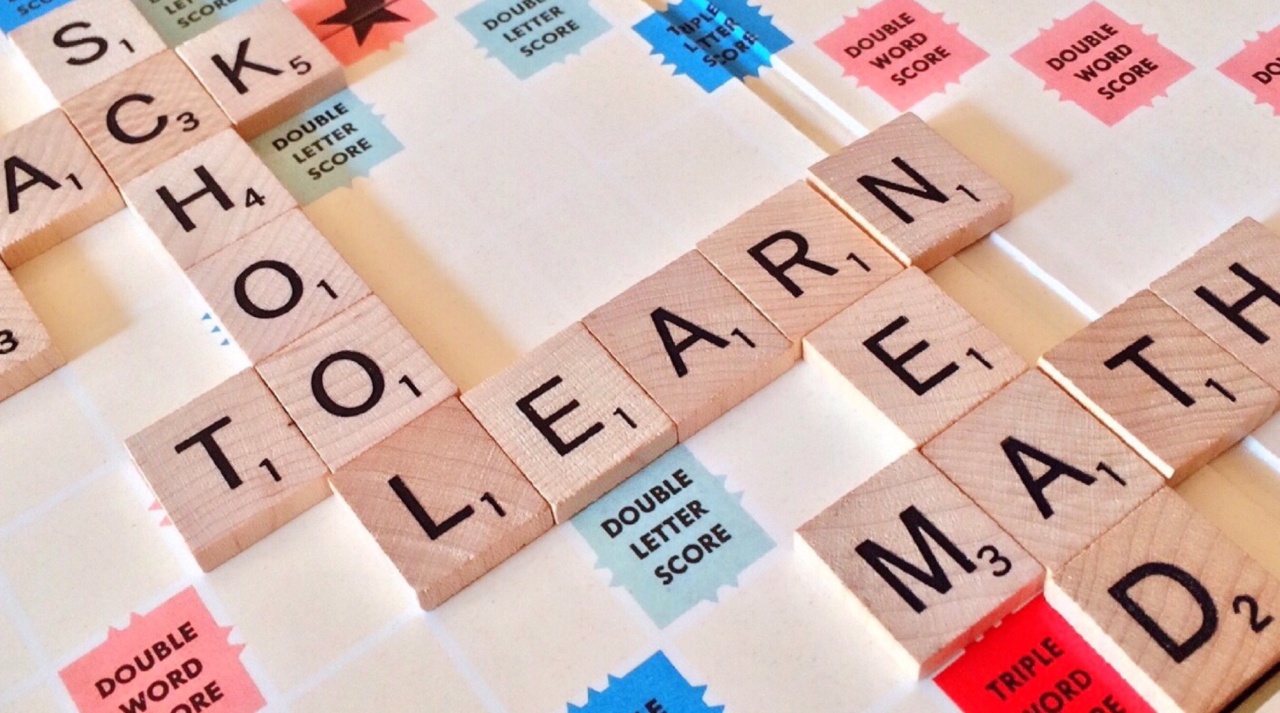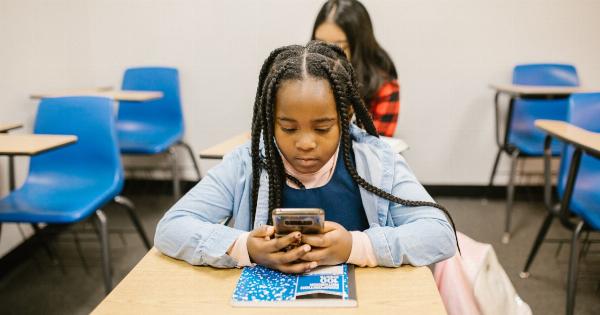Reading is one of the most important skills people learn in their life. Despite this fact, a shocking number of high school students are graduating without the ability to read properly.
This is a crisis and poses a threat to the success of future generations. Here are some alarming facts about this issue.
The Numbers
According to recent reports, around 47% of adults in the United States are functionally illiterate. This means that they cannot read a newspaper or a simple street sign.
Additionally, around 25% of high school graduates are unable to read, and this is not restricted to low-income communities.
The Impact
This crisis has severe consequences. Children who are unable to read are often unable to communicate effectively.
This communication barrier can make them unable to develop critical thinking skills, understand basic instructions, and ultimately cause them to struggle in the workforce. They can face poverty, social exclusion, and a life of struggle as they will not be able to participate in society fully.
Why Is This Happening?
The reason behind this crisis is complex and multifaceted.
There is a lack of funding for schools, lack of teaching resources, inadequate teacher training, lack of parental involvement, poor school management, social challenges, and a negative classroom environment.
Lack of Funding for Schools
Funding in many schools is inadequate, and some are unable to offer reading improvement programs. Some schools are unable to purchase books or learning materials, making it difficult for teachers to ensure that their students are learning effectively.
Lack of Teaching Resources
Teachers often lack adequate resources and materials to teach effectively. The schools that do have resources may not have enough teachers to ensure that students are getting the necessary personal attention they need to learn effectively.
Inadequate Teacher Training
Many teachers are not trained to teach reading effectively, and many do not have the necessary resources to continue their education in this area. As a result, teachers may be unsure how to teach effective reading skills to their students.
Lack of Parental Involvement
Parents play a critical role in their child’s educational development. However, some families do not have the time or resources to become involved in their child’s education, and this can have significant consequences.
Additionally, some parents may not have the education themselves, making it difficult for them to support their children’s reading development adequately.
Poor School Management
Schools that do not have effective management in place can face challenges that impact the quality of education that they offer. This can include high teacher turnover rates, inadequate teacher training, and poor classroom management.
Social Challenges
The impact of social challenges such as language barriers, learning disabilities, and mental health problems can have a significant impact on a child’s ability to read effectively.
Negative Classroom Environment
The classroom environment can significantly impact a child’s ability to learn effectively. Negative environments can lead to disengagement from learning, poor motivation, and a lack of self-confidence in their abilities.
These factors can contribute to a child’s inability to read properly.
Conclusion
The alarming number of high school students who cannot read is a crisis that has significant consequences for future generations. It’s time to address the underlying issues that are contributing to this problem.
These include inadequate funding for schools, lack of teaching resources, inadequate teacher training, lack of parental involvement, poor school management, social challenges, and negative classroom environments. By addressing these issues, we can ensure that children have the skills they need to succeed and thrive in today’s society.































